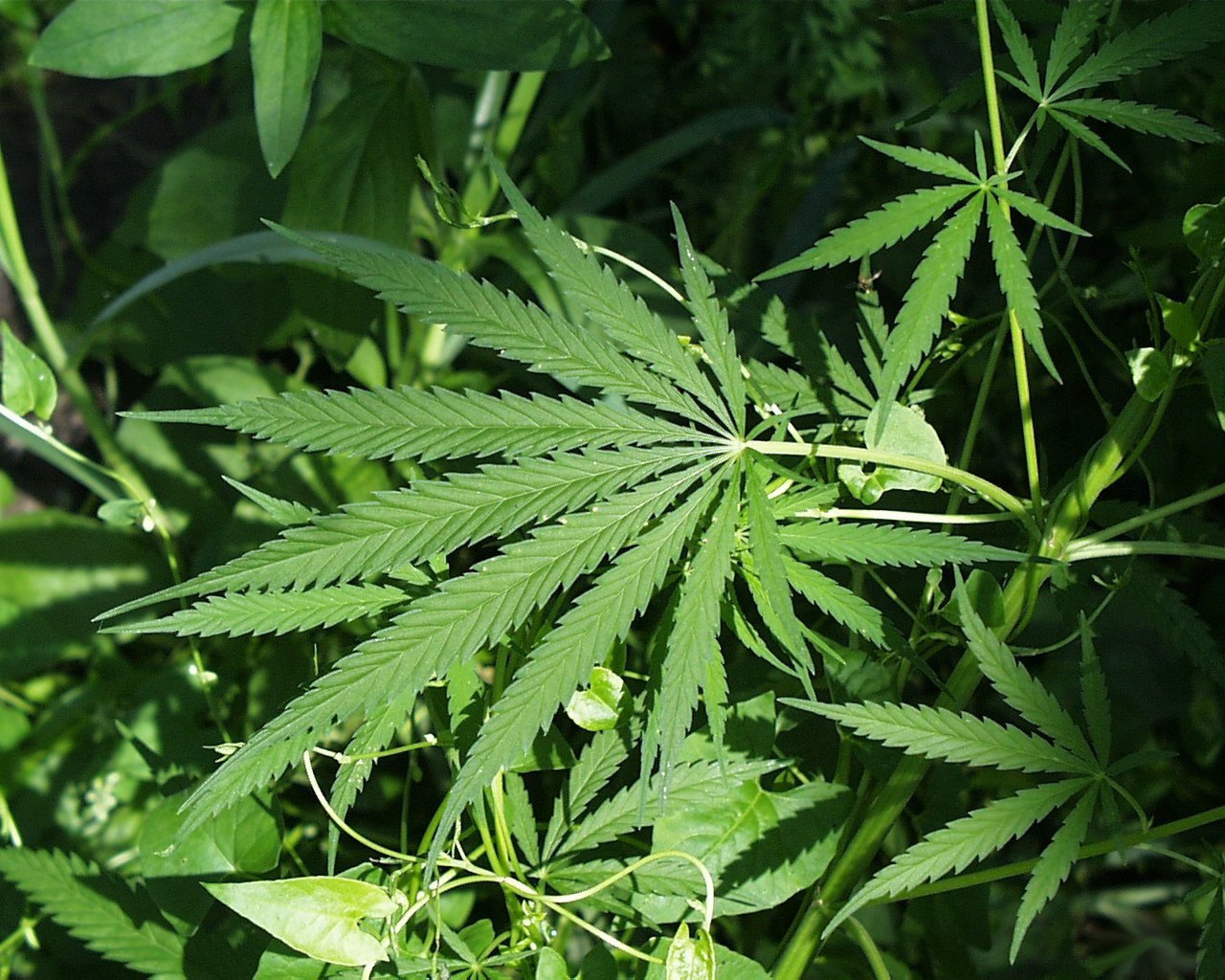Recent research from Arizona State University (ASU) has highlighted a serious health risk associated with black-market cannabis products. As hospitalizations related to cannabis use increase, the study found that these illicit products contain potentially harmful levels of fungal toxins.
The research team, led by Assistant Professor Maxwell Leung, examined 118 samples of unregulated cannabis that were seized by law enforcement in California and Arizona from November 2023 to June 2024. They discovered that 16% of the samples contained Fusarium mycotoxins, underscoring the dangers of consuming cannabis that has not undergone safety regulations.
Despite cannabis being legal for medicinal use in 39 states and recreational use in 24, the illegal cannabis market remains robust, estimated at $76 billion—potentially double the size of the legal market. This ASU study draws attention to the risks posed by these unregulated products, which can suffer from inadequate handling and poor storage, leading to contamination.
The rise in emergency room visits related to cannabis has been linked to cannabis hyperemesis syndrome. One specific toxin, Fusarenon-X, is known to induce vomiting and could exacerbate this condition. Additionally, cannabis is particularly susceptible to Fusarium mycotoxins, which are closely monitored in food but often overlooked in cannabis regulations. For perspective, the USDA restricts total Fusarium mycotoxins to 1,000 parts per billion (ppb) in grain and 2,000 ppb in corn for human consumption, while the European Union has even stricter limits, capping certain toxins at 100 ppb.
In their research, the ASU team screened the cannabis samples for 23 types of mycotoxins and fungal metabolites, selected due to their common presence in agricultural products. The cannabis was ground into a powder and processed into extracts for testing. Among the contaminated samples, researchers found Fusarenon-X and diacetoxyscirpenol at levels exceeding both EU regulations and some USDA standards. Ten samples showed Fusarenon-X concentrations ranging from 500 to 1,700 ppb, raising concerns about the safety of legal cannabis, which is not routinely tested for these toxins under most state or federal programs.
Leung emphasized the risks associated with mycotoxins, noting that many can lead to vomiting symptoms in users and that the presence of Fusarium fungi can pose infection risks, especially for those with weakened immune systems.
With a significant portion of the U.S. cannabis supply coming from unregulated sources, this ASU study confirms the existence of harmful toxins in black-market products. The researchers suggest that further studies are needed to evaluate the health risks these toxins may pose across different consumption methods, which could inform whether the legal markets should also begin testing for Fusarium contamination.
Leung pointed out that while regulatory action levels offer a reference, they do not specifically address the health risks associated with Fusarium mycotoxins in inhalable forms. He noted that cannabis flowers and extracts are heated and vaporized in various ways and temperatures for consumption. Although many mycotoxins exhibit high thermal stability, it remains unclear how much of them convert to vapors that enter the consumer’s airway and whether their toxicity differs when inhaled compared to oral consumption.
The paper titled “Evaluation of Fusarium Mycotoxins and Fungal Metabolites in Seized Cannabis” aims to shed light on these pressing health concerns.




